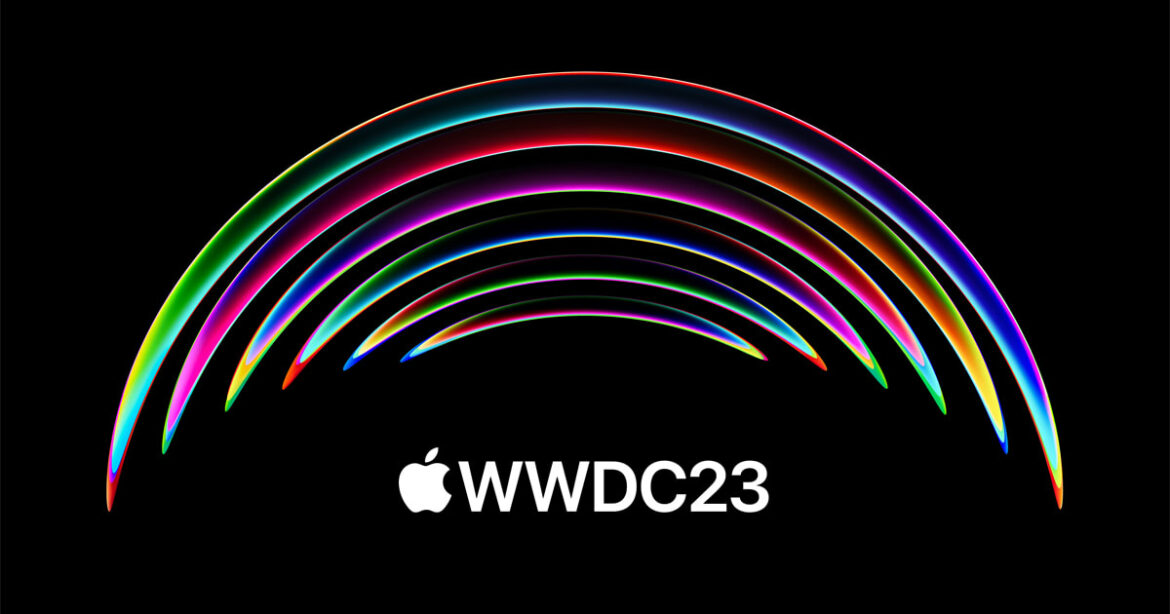The Rise of Virtual Product Launches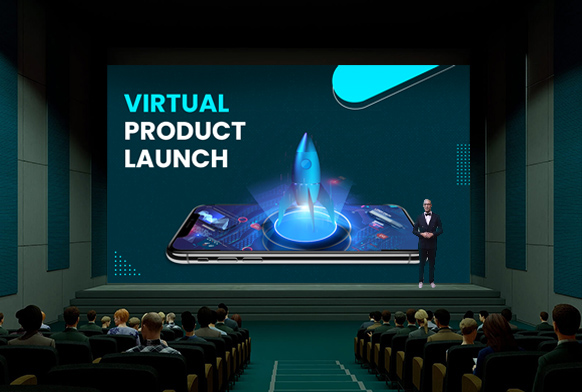
As we look back, it’s interesting to see how new advancements in technologies, people’s changing habits, and big global events played an important part in reshaping the way companies decide to introduce their new products.
But how did this all begin in the first place?
Let’s look at Apple, a brand that we are all familiar with. Apple has been setting the bar for years with its big product reveals. They cleverly combine real-world events with online streaming, allowing everyone, from every corner of the world, to be able to participate in their events.
But when the pandemic hits, it has drastically limited the occurrence of in-person gatherings, and so companies would have to think on their feet. Slowly but surely, companies started to move online, embracing virtual events. As a testament to the success of this transition, a staggering 92.1% of organisers rate their online experiences as either very or somewhat successful.
With Apple’s 2020 introduction of the new iPads and Apple Watches as an example—it was clear that big, exciting launches can happen completely online and still be a hit.
Understanding the Virtual Product Launch
What is a Virtual Product Launch?
A virtual product launch is essentially an event that launches products online and on various platforms. The product launching event itself can be streamed live on one or more platforms such as YouTube, Facebook, etc.
Through these efforts, instead of inviting guests to a physical venue, companies can invite everyone from anywhere to join online. Through virtual product launches, participants can feel the excitement and buzz of a new product, all from the comfort of their homes or offices.
Companies use various tools and platforms for these online launches, all to allow attendees to be able to ask questions, interact with the product, and sometimes even make a purchase on the spot.
It’s a modern and innovative way to introduce something new to the market while getting the audiences connected as a part of the big reveal.
Benefits of Virtual Product Launch
- Enhanced accessibility & global reach
- Maximised product visibility
- Cost-effective & time-efficient
- Data-driven decision making
- Scalability & flexibility
- Pre-event marketing opportunities
- Global customer engagement
- Easy sharing of product materials
- Customisable virtual environment
How to host a successful virtual product launch?
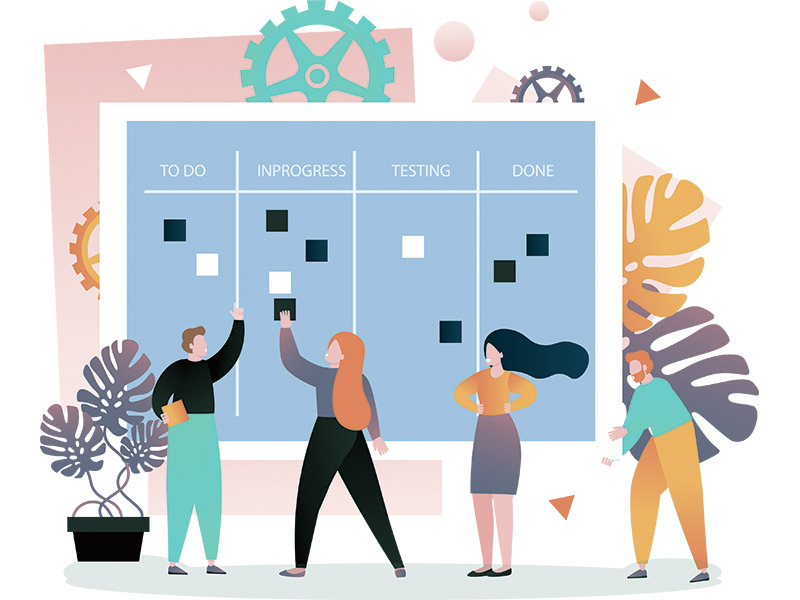
Embarking on the journey of a virtual product launch can feel like venturing into uncharted territories. However, with the right approach, this modern method of unveiling new products can be both rewarding and impactful.
In this section, we will guide you through the essential steps of planning a successful online launch that captures attention and leaves a lasting impression on your audience.
Step 1: Identifying Your Core Audience

First and foremost, a successful virtual product launch is rooted in a thorough preparation and planning phase. During this process, there are a number of factors you will have to consider that will be the pillars of your virtual product launch.
Every product that a company produces has a group of audience that it is specifically designed for. It’s important to understand this very specific group of people in order to build the product, as well as to craft this virtual product launch event.
By understanding your target audience’s preferences, pain points, and consumer behaviour, it will allow you to tailor your launch strategically and effectively. By targeting the right group of people, it ensures that the messages your company is trying to send resonate and leave a lasting impression.
Step 2: Establishing Event Themes and Objectives

For any event, even the ones that take place online, it’s important that you set a clear direction for the objectives of the event.
By determining a theme for your event as well as goals that you want to achieve with this event, it’ll help your team members such as the creative team as well as the marketing teams in terms of actions that need to be taken in order to achieve the theme and goals.
For example, the theme that you will choose will act as a consistent thread weaving through every element of the event, from visual designs to the tone of your presentations. The goals, on the other hand, concern post-launch metrics such as social media engagement, sales conversion rates, etc.
Each goal and theme provides a roadmap for your team, ensuring that all efforts are channeled effectively.
Step 3: Securing the Perfect Streaming Venue

In the case of virtual product launch events, choosing a location is more about the ambiance of the platform instead of the physical space of the venue or the location of the venue.
The location of a virtual product launch event focuses on the setting, lighting, acoustics, and technical reliability of the location. While it’s true that a professional studio can offer high-quality visuals and sounds, broadcasting from a unique or brand-specific location can provide authenticity to your company.
Step 4: Cultivating Anticipation for Your Launch
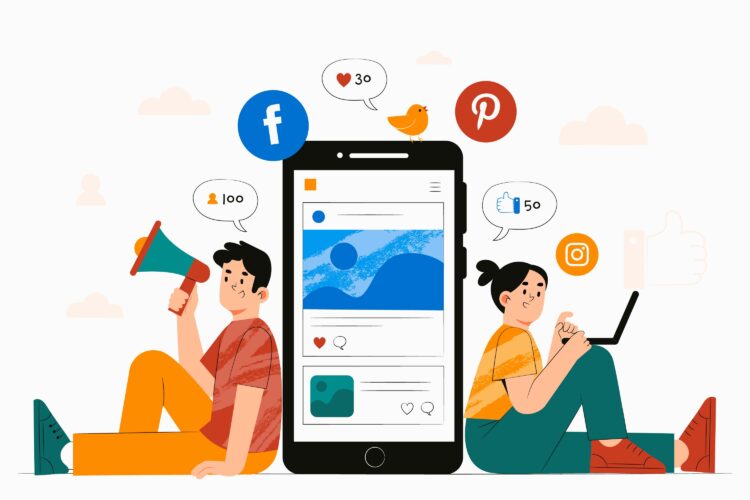
In the days leading up to your virtual product launch event, the momentum of your marketing efforts is vital.
The narrative being unfolded by the marketing team should unfold gradually, with each teaser offering the audience only a glimpse of what the event is going to be. You can opt to practice storytelling techniques across your social media platforms, as well as flooding your social media platforms with behind-the-scenes sneak peeks related to your product.
You can also implement having a countdown on your social media platforms til the day of the product launch as a way to build a sense of intrigue amongst your audience.
Step 5: Orchestrating Event Sequence and Rhythm

Like a well-crafted story, a virtual product launch event should have a compelling beginning, middle, and end.
To achieve this, you can begin your virtual event with an attention-grabbing introduction such as a montage introduction video or a gripping anecdote related to your product.
As your event is transitioning to the main product reveal, make sure that the pace of your event is maintained—avoid rushing it, but do not dawdle as well. You can incorporate interactive segments to keep your audience engaged such as live polls and Q&A sessions.
Nearing the end of your event, wrap things up neatly while providing a clear call-to-action for attendees.
Step 6: Detailing the Specifics of the Event
Diving into the minutiae is where a good event becomes great. Consider graphical elements like slide designs, fonts, and colour schemes.
The audiovisual elements, such as background scores or animation clips, should be in sync with your theme. If you’re introducing guest speakers or product experts, ensure they’re prepped and their segments are rehearsed.
Also, account for interactive features, like downloadable resources, links to product demos, or special offers exclusive to attendees. Each intricate detail enhances the overall attendee experience.
Creative Virtual Product Launch Event Ideas
In the current age where almost every event is held online, to be able to stand out amongst the crowd requires creativity and innovation. With virtual product launch events, it offer you an opportunity to capture the audience’s attention in unique and memorable ways. Dive into these inventive suggestions to add a splash of creativity that will be remembered to your virtual product launch event.
1. Polls
Implementing interactive polls is one of the great ways to engage with your audience during a virtual event. This is because polls offer a dual benefit, especially with Evenesis’ Live Q&A & Polling feature.
Firstly, they provide the attendees with a voice that allows them to share their opinions, preferences, and insights in real time. Whether you’re seeking feedback on a product feature, or simply want to strike up a conversation and connect with your audience, a poll provides valuable data.
Secondly, polls are able to break the monotonous one-way communication during a virtual event and are able to foster a sense of community and involvement. By incorporating polls in one of your virtual event activities, you are enhancing the participatory experience as well as gathering valuable feedback.
2. Q&A Sessions
Now, incorporating polls isn’t the only way you can do to keep your audience engaged. You can also implement interactive Q&A sessions in your virtual event as it can help foster transparency between the company and the audience; as well as build a sense of trust in your brand.
With Evenesis’ Live Q&A feature, the audience gets to voice out their concerns and inquiries that they might have regarding your product. This then gives you the opportunity to clarify any ambiguities or take on some insights from the audience that you might not have thought of.
By including a Q&A session in your virtual event, you’re presenting your company as a brand that cares about its audiences’ voices and opinions. The audience on the other hand will leave the event feeling assured and confident in the brand that they chose.
3. Breakout Rooms
In the vast realm of virtual events, breakout rooms emerge as mini-oases of focused interaction and deeper engagement. These rooms allow participants to split into smaller groups for a more targeted discussion, workshops, or brainstorming sessions, to bring out an element of personal touch to the larger virtual setting.
For a product launch event, breakout rooms can be used to dive deeper into specific product features, gather feedback, or even host mini-tutorials.
By incorporating breakout rooms into your virtual product launch event, you are offering your audience a more enriched, intimate, knowledgable experience; enhancing the overall value and impact of the event.
4. Social Media Contests & Giveaways
In a world where social media platforms are buzzing hives of activity, integrating contests and giveaways via social media into your virtual product launch event can supercharge your event’s reach and excitement.
These interactive strategies not only encourage participation but also amplify your product’s visibility across networks. How? You may ask?
Well, think of it like a well-crafted contest and your attendees are sharing your product, tagging their friends, and using hashtags which, in the end, enhances the organic reach and creates hype around your product.
Giveaways, on the other hand, are a fun activity that can create an aura of anticipation and eagerness within the attendees, keeping them engaged and hopeful.
Through contests and giveaways being held on social media for your virtual product launch event, you’re essentially combining entertainment and marketing together; generating valuable user-generated content that’ll ensure your brand will resonate far and wide.
5. Giving Out Swags

Everybody loves receiving gifts, especially when it’s a surprise swag from a much-anticipated event!
Incorporating swags or branded merchandise into your virtual product launch event serves both as a way of conveying appreciation and a branding strategy.
Whether it’s a limited-edition t-shirt, a branded notebook, or exclusive product samples; these tangible reminders can create lasting impressions and foster brand loyalty.
Moreover, when attendees utilise the given items as a part of their daily lives, they automatically become brand ambassadors—amplifying your product’s visibility. And in the age of social media, a well-appreciated swag can quickly become a trending topic; adding an extra layer of buzz around your product launch.
By giving out swags to your attendees during your virtual product launch event, you’re not just cultivating relationships; you’re also creating walking advertisements for your brand!
6. Try Products Hands-On
As we all know, the essence of a product launch is the product itself. And what better way for attendees to connect with it than to experience it firsthand?
Even if you are conducting a virtual product launch, there are many, innovative ways to let your audience feel, use, or interact with the product.
For example, brands can send out samples to selected attendees before the virtual event occurs or utilise augmented reality (AR) tools to offer attendees virtual “touch and feel” experience.
This method can bridge the gap between the virtual world and the tangible reality. When attendees can see the product in action, test its features, or even compare it with the older versions, it provides a comprehensive understanding of the product that goes beyond any promotional video or description.
By offering attendees a hands-on experience, it makes your product feel more relatable, real, and desirable to your audience.
7. Networking Session
A virtual product launch isn’t just an event that showcases a product; it’s also a gathering of like-minded individuals, industry peers, and potential collaborators. Incorporating a dedicated networking session into your event can be a game-changer as it provides attendees with the opportunity to mingle, share insights, discuss the product, and create new professional connections.
This touch can elevate the entire virtual event experience to more than just a product discovery but also about relationship building.
Platforms that feature dynamic chat rooms or networking lounges can recreate the spontaneous interactions between the attendees that we value at physical events.
By incorporating networking sessions in your event, you’re evidently creating a community around it, enhancing the overall value and experience of your virtual product launch event.
8. Virtual Agenda
The backbone of any well-orchestrated event, be it in-person or virtual, is a clear and structured agenda. A virtual agenda serves as a map for your attendees, outlining the sequence of activities, timing, and highlights of the launch.
One of the standout benefits of a virtual agenda is the flexibility that it offers to the participants. Attendees can easily pick and choose the sessions or segments that they are most interested in, creating an experience that is tailored to their preferences.
This will ensure that the content they engage with resonates with them, ultimately enhancing their overall event experience.
By investing time in crafting a concise and comprehensive virtual agenda, you will ensure a smoother flow and a more enriching experience for all of your event’s participants.
9. Theme
Every memorable event often resonates with a captivating theme that ties all its elements together. When planning a virtual product launch, selecting a distinctive theme can set the tone, engage your audience, and make your launch stand out from the crowd.
A theme is more than just visual aesthetics; it encapsulates the message, the vibe, and the narrative you want to convey about your product. Whether it’s futuristic, nostalgic, minimalistic, or whimsical, a well-chosen theme can create a cohesive environment in the virtual space, enhancing the storytelling aspect of your product.
Moreover, a theme can influence various facets of your launch – from the design of your digital platform and presentation slides to the type of interactive sessions or games you might want to include.
By grounding your event in a theme, you provide attendees with an immersive experience, making the virtual launch both memorable and impactful.
10. Brand Hashtags
In the digital age, hashtags have emerged as powerful tools for creating buzz and fostering community engagement.
Introducing a brand-specific hashtag for your virtual product launch can unify discussions across various social media platforms, making it easier for attendees and potential customers to share their experiences and thoughts.
Encourage participants to use the hashtag before, during, and after the event. Not only will this amplify the reach of your launch, but it will also provide you with a curated stream of user-generated content that can be leveraged in future marketing strategies.
Remember to choose a hashtag that’s unique, relevant to your product, and easy to remember for maximum impact.
11. Product Teasers
In the buildup to your virtual product launch, product teasers can play a pivotal role in stirring anticipation and curiosity among your target audience.
These short, intriguing previews can be video clips, images, or even cryptic messages hinting at the features or benefits of the upcoming product.
By revealing just enough to spark interest but not giving away the entire picture, you maintain a sense of mystery.
When done correctly, product teasers can generate buzz, discussions, and speculations across social media platforms and forums, ensuring that when the actual product launch event happens, you have a captive and eager audience awaiting the full reveal.
12. Hosting a Countdown
Building suspense and excitement for your virtual product launch can be effectively achieved through hosting a countdown.
By visually representing the number of days, hours, and even minutes leading up to the grand reveal, you keep your audience on their toes, fostering anticipation.
Countdowns can be integrated into your website, shared on social media platforms, or even featured in email marketing campaigns.
The regular reminder of the impending launch not only ensures that your audience is informed, but it also creates a sense of urgency and excitement.
For added engagement, consider intertwining daily teasers, special offers, or behind-the-scenes glimpses as the countdown progresses.
Real-Life Virtual Product Launch Events Examples
In the current day and age, many brands and companies have successfully ventured into the virtual realm, creating impactful and memorable experiences for their audience. These real-world examples will not only showcase the potential of virtual events but also serve as a source of inspiration for businesses looking forward to holding their own virtual product launch event.
Let’s delve into some standout virtual product launch events that have set the bar high in recent times.
1. Google Launch Night In 2020
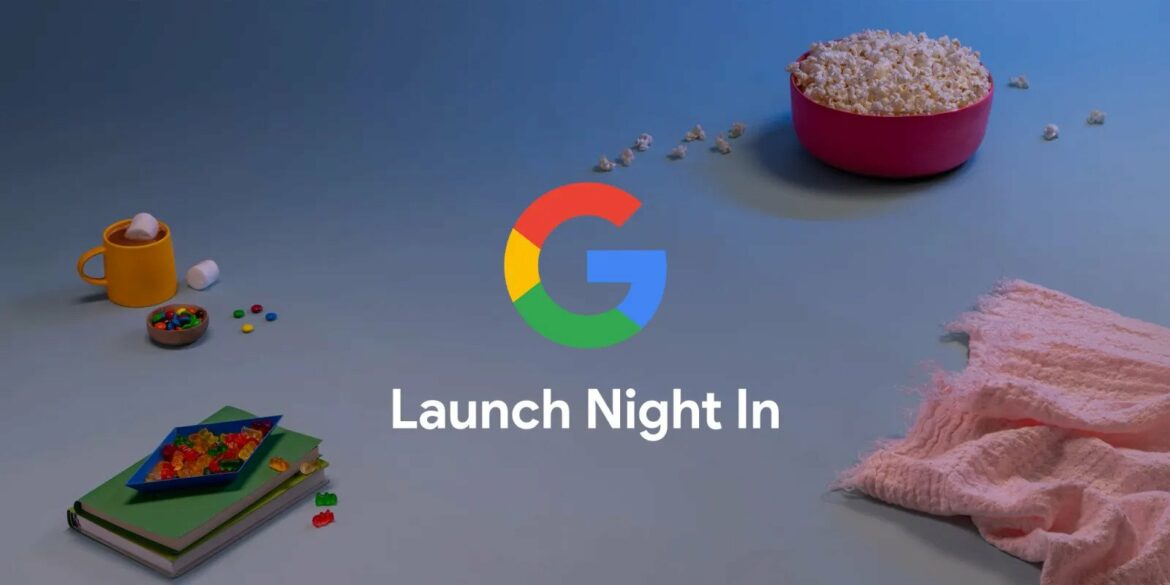
Amidst global uncertainties, companies like Google have showcased the power of pivoting to virtual realms to remain both relevant and helpful. Google’s Launch Night In exemplified this innovative spirit.
This unique virtual event unveiled a suite of products reflecting the brand’s dedication to combining hardware, software, and AI, all with the aim of crafting delightful, user-centric experiences.
Highlights of the event included the introduction of Google TV and Chromecast—tools to revolutionise our viewing habits—as well as the Nest Audio, a treat for music aficionados, and the Pixel 4a (5G) and Pixel 5 smartphones, which promise to redefine mobile experiences with the speed of 5G.
What set this launch apart was not just the caliber of the products but the underlying message: quality tech doesn’t always come with a hefty price tag. As Google continues to make strides in hardware development, events like Launch Night In serve as an inspiration.
For businesses and organisers contemplating their own virtual launches, Google’s event underscores the importance of clear messaging, product value, and the seamless fusion of tech to engage and captivate audiences.
2. Apple Worldwide Developers Conference 2023
Apple’s WWDC23 is a testament to the transformative power of technological convergence and community engagement in a virtual realm. Set against a backdrop of innovation, this vibrant event offers participants an immersive dive into the latest Apple platforms, technologies, and tools.
The excitement begins with the keynote, providing attendees with an exclusive glimpse into Apple’s vision for the future.
But it’s not all about tech announcements. The Apple Design Awards shine a spotlight on apps and games that truly make a difference, honoring creativity across various categories, from social impact to stunning visuals. Daily sessions ensure developers harness the newest updates, while labs provide a golden opportunity for one-on-one interactions with Apple’s brightest minds.
Activities and forums further enhance community engagement, promoting networking, and knowledge exchange.
For companies and organisers looking to host their own digital events, WWDC23 serves as an exemplar. It emphasises not just the content’s quality but also the importance of creating interactive spaces for collaboration, learning, and celebration.
3. Volkswagen’s Virtual Motor Show
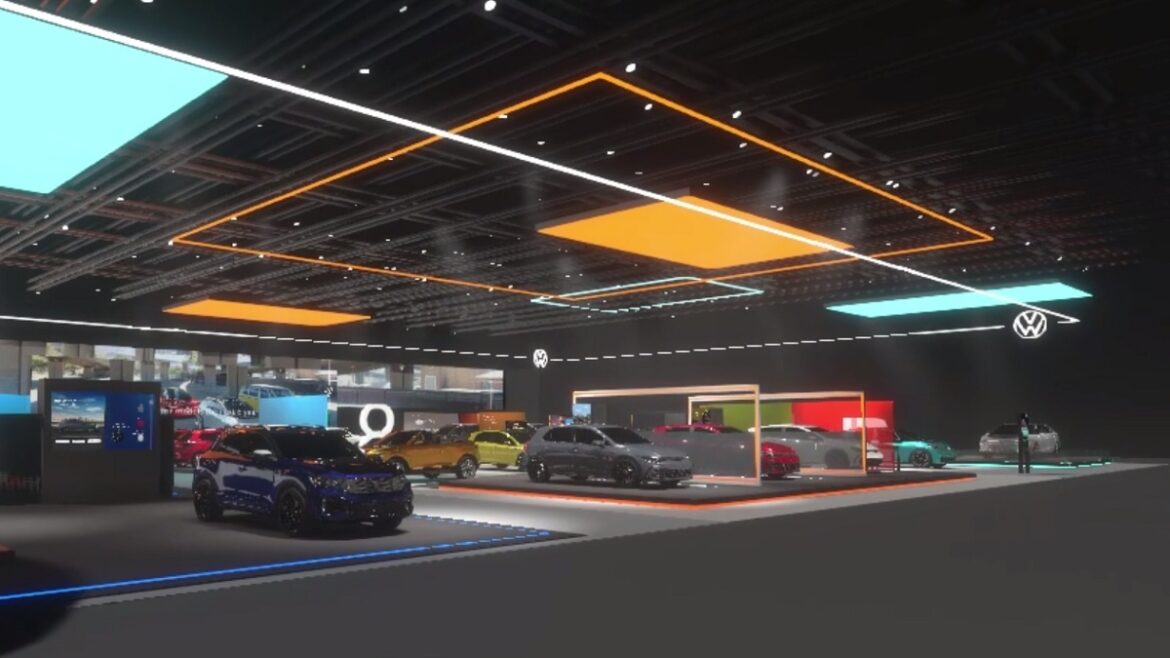
When unexpected challenges, like event cancellations, arise, innovative solutions become paramount, and Volkswagen’s virtual motor show is a shining example of this resilience. Collaborating with Endava, Volkswagen transformed adversity into opportunity, pioneering their first-ever virtual exhibition booth.
This wasn’t just a digital replica; it was an immersive, cloud-streamed experience, allowing users to virtually navigate through over 30 car models, with the freedom to view from multiple angles and interact with high-quality 3D visuals.
Enhanced with original video and music, this Unity3D-based platform offered a seamless blend of realism and interactivity. But beyond the tech, the event’s agility stood out.
It was crafted and launched within a month, remained accessible for an extended duration, and offered the adaptability to reflect real-time market demands.
As a testament to the potential of virtual platforms, Volkswagen’s endeavor not only addressed immediate challenges but also laid a flexible foundation for future exhibitions, blending virtual and physical realms for a holistic experience.
4. Samsung Galaxy Unpacked February 2023
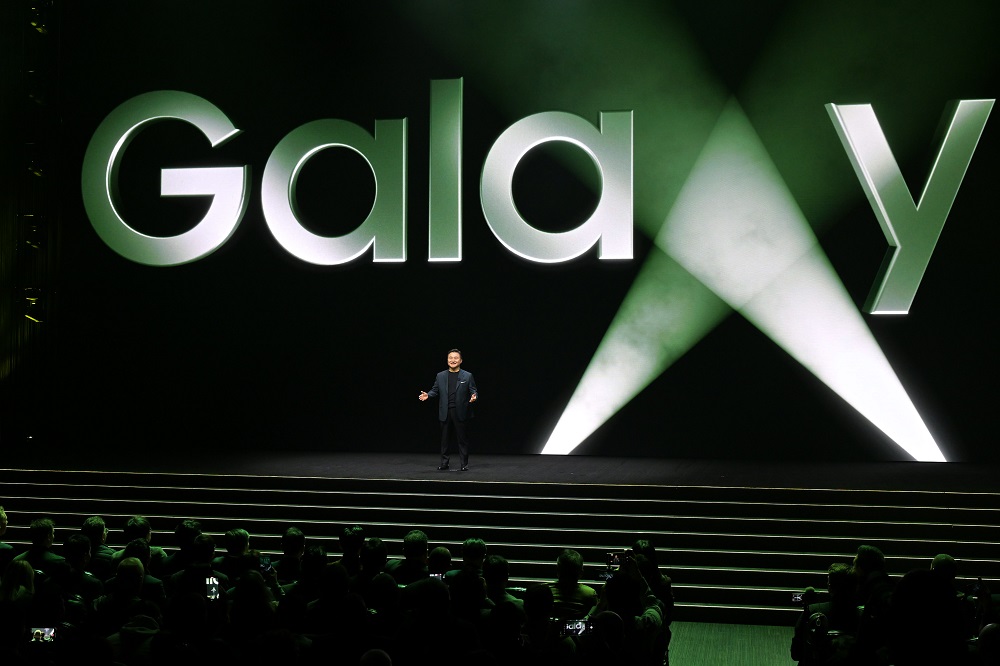
In a digital age where in-person events can be constrained, Samsung’s Galaxy Unpacked February 2023 exemplifies the power and reach of virtual product launch events.
On 1 February 2023, from the comfort of screens worldwide, audiences were enthralled as Samsung revealed its flagship Galaxy S23 series and the Galaxy Book3 series. This virtual spectacle allowed for real-time engagement, as Samsung showcased the groundbreaking features of its products such as the Galaxy S23 Ultra’s 200 MP Adaptive Pixel sensor and the Galaxy Book3 Ultra’s 13th Gen Intel® CPU.
What set this virtual event apart was not just the caliber of the products but also the immersive experience crafted for the virtual audience, making every revelation feel personal and tangible.
The format of the event allowed Samsung to cast a wider net, reaching a global audience without the limitations of geography or venue capacity.
For businesses and organisers, Samsung’s virtual launch stands as a testament to how such events, when executed with precision and creativity, can offer an unparalleled blend of reach, engagement, and brand elevation. The future of product launches could well be on screens, as companies recognise the myriad benefits of going virtual.
5. Moschino Spring Summer Collection 2021

Jeremy Scott’s virtual event for Moschino transcended traditional fashion presentations, melding haute couture with puppetry for a memorable showcase.
Collaborating with Jim Henson’s Creature Shop, Scott transformed 40 miniature couture designs into a puppet show, offering viewers an enchanting escape.
This inventive approach, deeply rooted in historical inspiration yet tailored for the digital age, proves that virtual product launches, when reimagined creatively, can captivate audiences and achieve widespread virality, offering companies a fresh, engaging avenue for product unveilings.
6. HubSpot INBOUND 2023
INBOUND 2023, hosted by HubSpot, welcomed 11,000 global business leaders for three days filled with learning, networking, and growth.
Highlights included speeches from industry trailblazers discussing topics such as AI, digital transformation, leadership, and storytelling.
HubSpot’s executives introduced HubSpot AI and the new Sales Hub. Notable figures like Derek Jeter discussed leadership, while Kim Scott delved into the essence of radical candor. Other highlights included insights on neurobiology by Andrew Huberman, brand storytelling by Dr. Yvette Noel-Schure, and company culture discussions led by HubSpot co-founders in conversation with Guy Raz. Reese Witherspoon closed the event, emphasising perseverance in one’s dreams.
Breakout sessions covered a gamut from email marketing to video strategies and AI in content creation. Community meetups, Lawn on D experiences, and entertainment like John Mulaney’s comedy set enriched the event experience.
INBOUND 2023 truly offered a holistic conference experience, blending innovation, community, and inspiration.
Conclusion
In today’s rapidly evolving digital landscape, the significance of executing impactful virtual product launches is more pertinent than ever, as evidenced by success stories like INBOUND 2023. Virtual events transcend geographical barriers, offering broader reach and facilitating genuine connections between brands and their audiences. Leveraging advanced features like real-time interactions, digital booths, and comprehensive analytics, Evenesis stands at the forefront of this revolution. With their unparalleled expertise in virtual event services, Evenesis provides businesses with the tools and strategies to navigate the complexities of the digital realm, ensuring that product launches not only captivate but also drive actionable results.
FAQ
What is a virtual product launch?
A virtual product launch is a digital event where a new product or service is introduced to the market through online platforms, allowing attendees to participate from anywhere in the world.
What are the activities for launching a product?
Activities for launching a product include market research, defining the target audience, crafting a unique selling proposition, creating promotional materials, planning and hosting the launch event, and post-launch marketing.
How does a virtual product launch differ from a traditional product launch?
A virtual product launch is conducted online, eliminating the need for physical venues and allowing a global reach. Traditional product launches typically involve in-person events with physical logistics and localised audiences.
What are the key components to consider when planning a virtual product launch?
Key components include:
- Choosing the right online platform.
- Designing an engaging event agenda.
- Promoting the event to reach a wider audience.
- Incorporating interactive elements.
- Preparing backup plans for technical glitches.
- Analysing post-event metrics.
How do I choose the right platform or technology for my virtual product launch?
Consider your event’s size, features required, your budget, and the platform’s reliability. Platforms like Evenesis offer robust solutions tailored for virtual product launches, making them ideal choices.
What are the common challenges faced during a virtual product launch, and how can they be addressed?
Common challenges include:
- Technical glitches: Test all systems in advance and have a technical support team ready.
- Reduced attendee engagement: Incorporate interactive elements like Q&A, polls, and chat functions.
- Promotion and visibility: Utilise diverse marketing channels, from social media to email campaigns.
What kind of pre-launch and post-launch marketing strategies are effective for a virtual product launch?
- Pre-launch: Teasers, email marketing campaigns, social media promotion, influencer partnerships, and webinars.
- Post-launch: Collect feedback, share event highlights, continue social media promotion, and engage in email follow-ups.
How can I ensure audience engagement and interaction during my virtual product launch event?
To ensure engagement:
- Incorporate live chat and Q&A sessions.
- Use polls and quizzes to gather feedback in real time.
- Offer downloadable resources or exclusive offers.
- Host breakout sessions or workshops related to the product.
- Leverage storytelling and visually engaging presentations.

